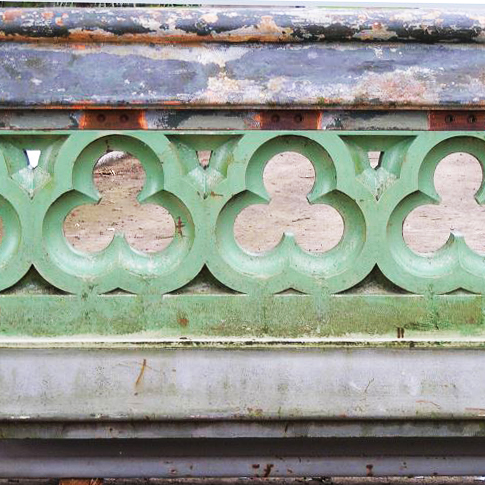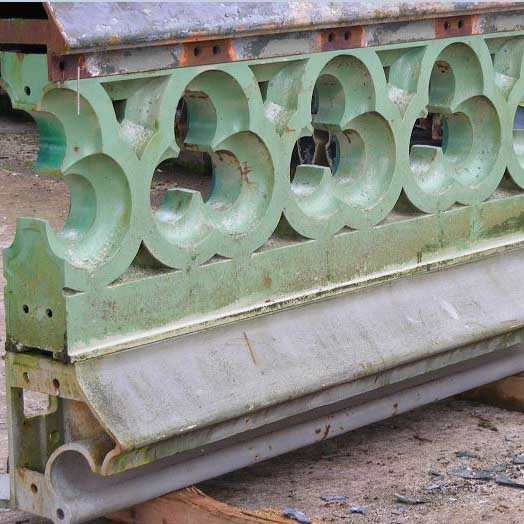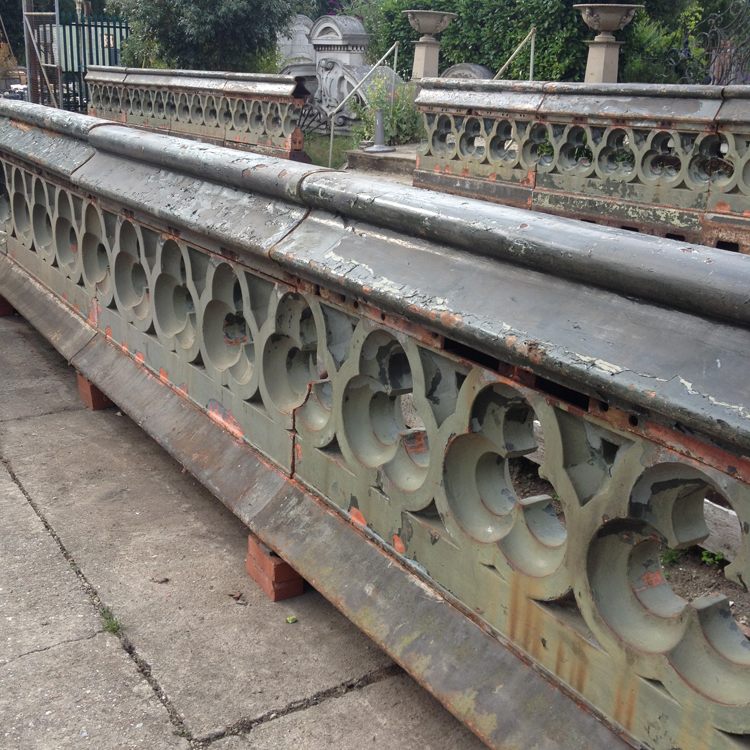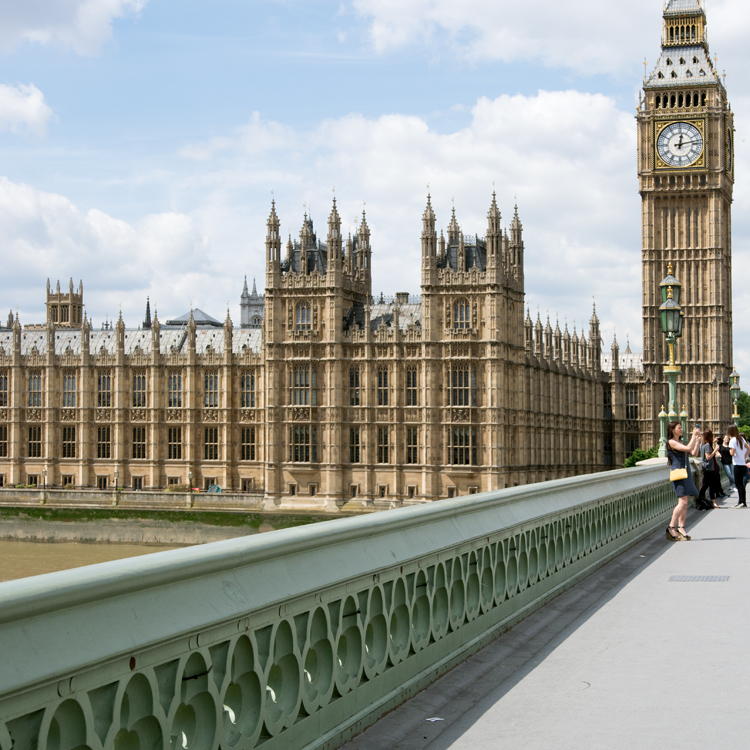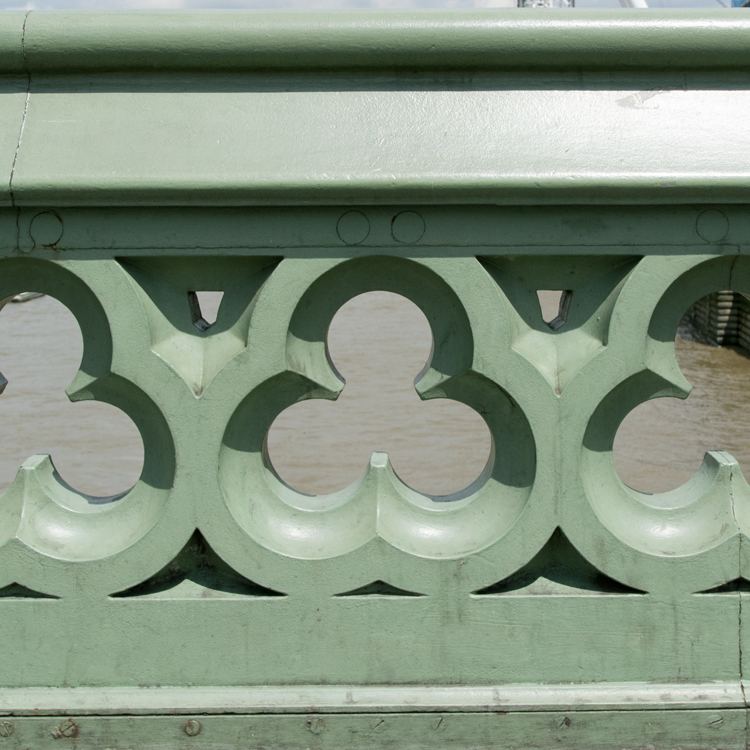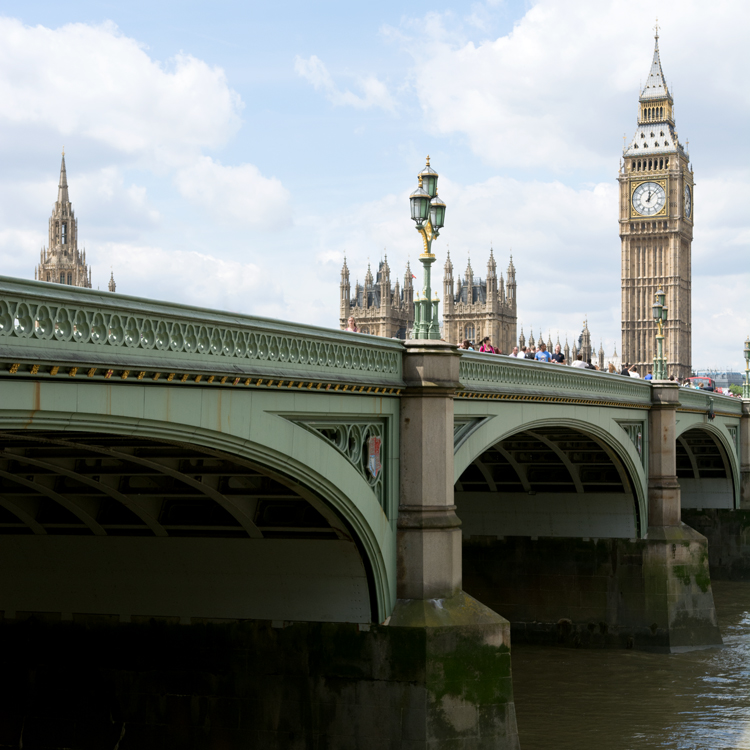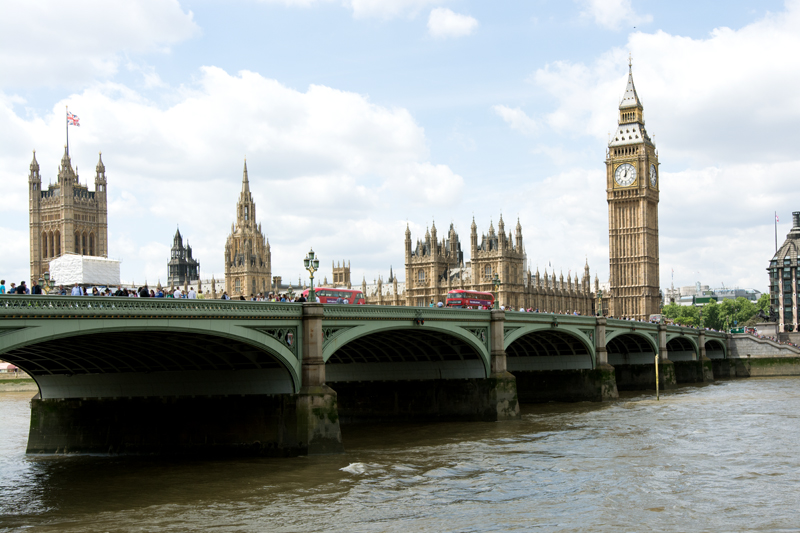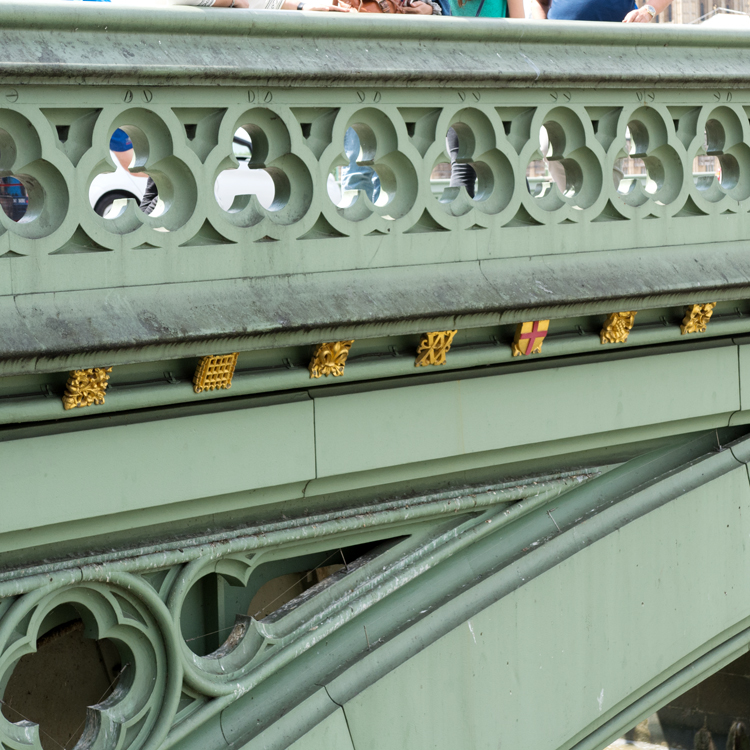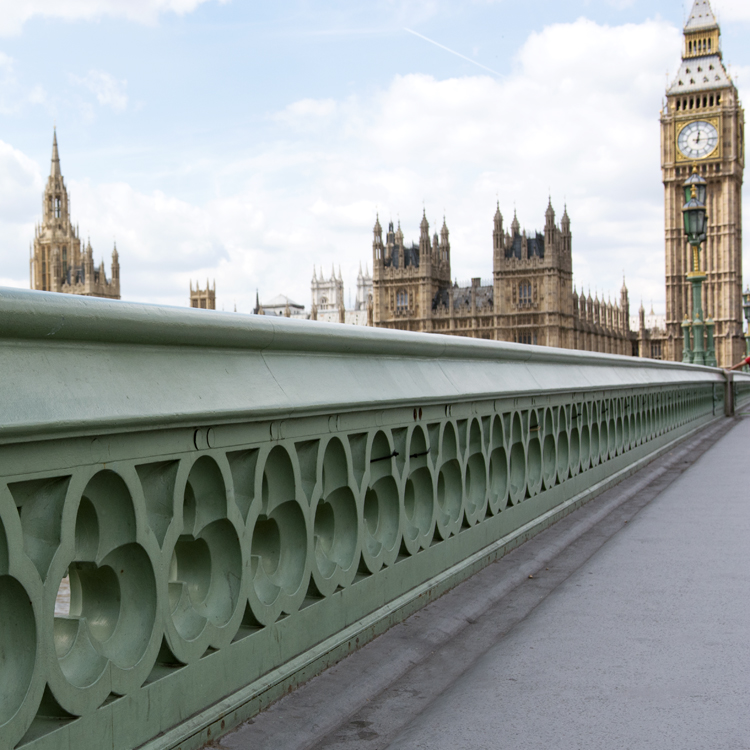Archived Stock - This item is no longer available
Westminster Bridge – the parapet,
the cast iron balustrade, cast in sections, each with barrel hand rail above a frieze pierced with repeating trefoils, all raised on a substantial kerb, bearing some original paint, The run is approximately 350 running metres although there are plenty more of the sections included - details below.
SOLD OUT
Out of stock
You might think, on crossing Westminster Bridge today with St. Thomas’ Hospital and County Hall behind you and Big Ben and Portcullis House looming up ahead, that your hand is running along the balustrade of the 160 year old Westminster Bridge. You’d be wrong. The iron superstructure was replaced in 1997. Your hand is running along a facsimile.
LASSCO is delighted to offer for sale the original Victorian Westminster Bridge that was removed during this restoration – the first time that an historic London river crossing has been offered on the open market since John Rennie’s Portland stone London Bridge of 1831 was sold by The Corporation of London to Robert P. McCulloch in 1968 – at 10,000tons undoubtedly the largest single item of architectural salvage ever shipped to the USA (That he thought he was buying Tower Bridge is a myth unfortunately!).
Condition has been cited as the reason for the replacement ironwork – but this seems unlikely. A persistent rumour has it that shrapnel from Victorian iron was deemed to represent a threat to the Palace of Westminster in the event of a terrorist bomb attack.
The Victorian Westminster Bridge was built in iron by Thomas Page in 1854-62 using Sir Charles Barry as architectural consultant. Barry tied-in the Gothic ornament of his progressing Palace of Westminster to ensure that Page’s bridge was harmonious with the Parliament buildings. The green coloration aimed to continue this link when it was adopted in 1970 – green for Westminster Bridge and red for Lambeth Bridge – an intentional nod to the respective schemes of the Commons and Lords chambers.
Westminster Bridge, as depicted in works by Monet and many others – and countless films – was constructed during a sustained and intensive period of bridge building in London as the city boomed. Westminster Bridge has been the most long-lived of them – all others from this era have, in time, been superseded.
Thomas Page had built the first Chelsea Bridge in 1851-8 – it was a suspension bridge with cast iron towers. He had previously worked under Brunel on the Thames Tunnel at Deptford.
The entire run of ironwork can be transported on 10 to 12 articulated truck loads. Each section comprises three parts – rail, frieze and kerb.
A synopsis of the quantity:
The cast iron balustrade sections, mostly 1.94m wide and standing 1.32m high and weighing 400kg: comprises 3 elements: Rail, Frieze, Kerb
Rail: 236sections totalling 473running metres (the majority at 1.94m long)
Frieze: 242 sections totalling 463 running metres ( –ditto– )
Kerb: 194 sections totalling 353 running metres ( –ditto– )
Nb. There is a difference in height within the stock – due to curvature and landing heights at either bank, there is a variance in the height of the Frieze elements but essentially: half of them are 600mm high, half are 670mm high.
To summarise:
All told you’ve got about 200 complete balustrade sections – mostly at 1.94m long (half of it is 7cm higher than the other half) – but totalling 350 running metres. And then there’s plenty more to play with – about 40balustrade sections giving you another 80 running metres of balustrade without the kerb (the lack of kerb due to condition on removal).
More detail available on request.

